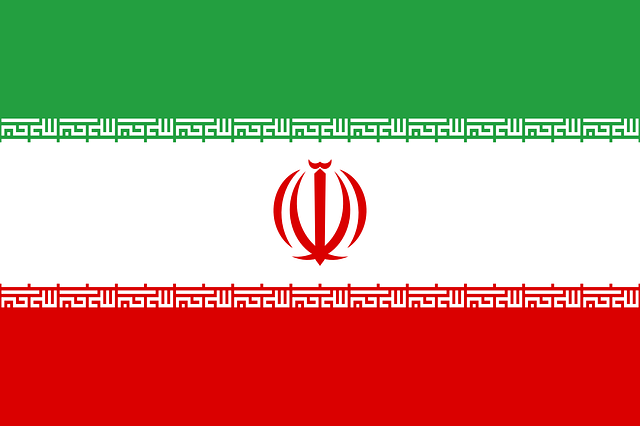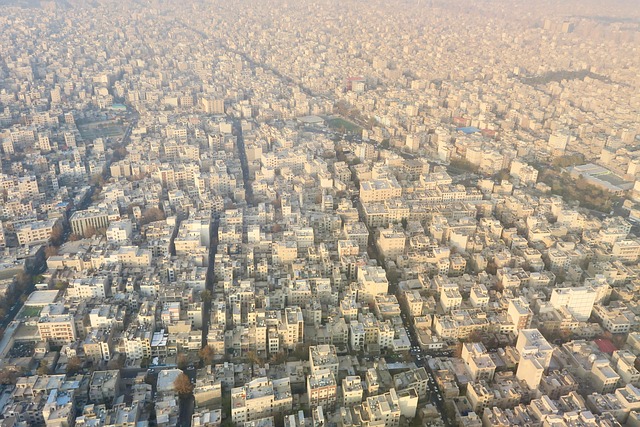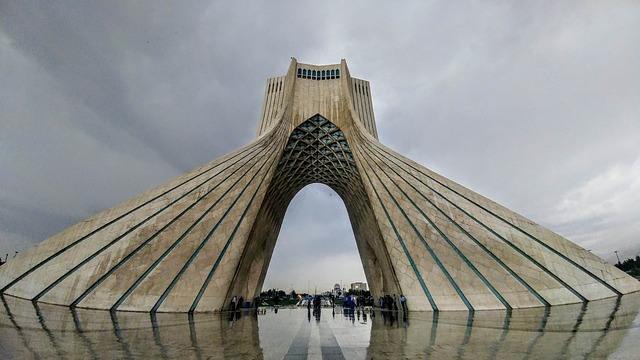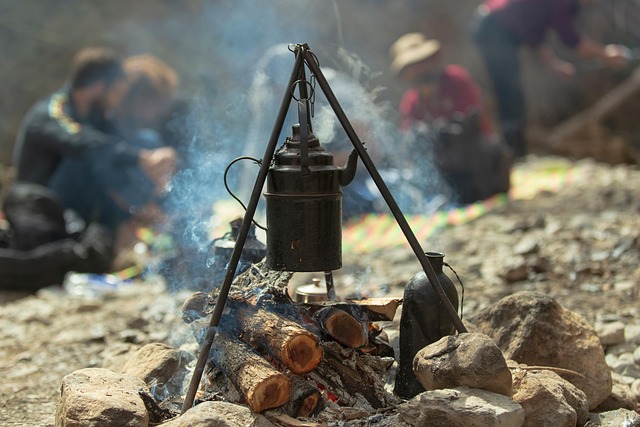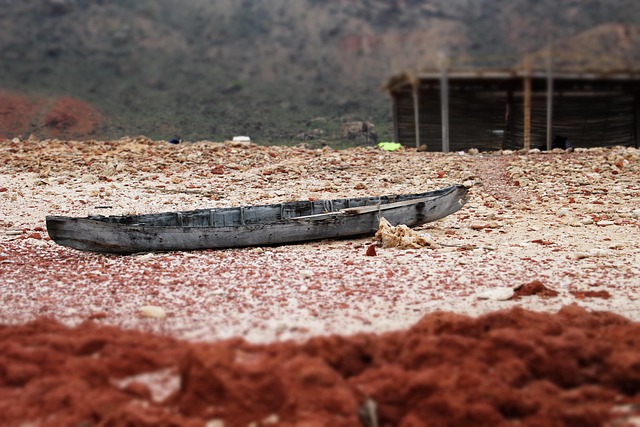Iran has ordered its military personnel to leave Yemen, effectively abandoning its Houthi allies as the United States intensifies its air strike campaign against the rebel group. A senior Iranian official stated that the decision was made to avoid direct confrontation with the US, particularly the risk of Iranian personnel being killed in the attacks. The official also noted that Iran is shifting its focus away from supporting regional proxy groups to prioritise dealing with direct threats from Washington. “Trump and how to handle him is now the dominant discussion,” the source said, indicating Tehran’s growing concern over the former president’s aggressive stance.
++ The skeleton-eating bird that stains itself blood red
The US has carried out near-daily attacks on Houthi positions since classified discussions about the strikes were leaked from senior Trump administration officials. Donald Trump hailed the operations as “unbelievably successful,” as they have reportedly destroyed significant military targets and eliminated key commanders. A Pentagon spokesperson confirmed that additional warplanes would be deployed to the region, while the US 124th Fighter Wing recently announced the dispatch of multiple A-10 Thunderbolt II aircraft and 300 airmen to the Middle East. Intelligence sources suggest that a Russian military expert in Sanaa, Yemen’s capital, has been assisting the Houthis in refining their attacks while also advising them to avoid targeting Saudi Arabia, which has been engaged in air strikes against the group since 2015.
The Houthi rebels claim to have launched attacks on US warships in the Red Sea, including the USS Harry S Truman, which has been leading the American strike efforts. While no vessels have been successfully hit, the US Navy has described the level of fire as the most intense it has encountered since the Second World War. To bolster its forces, the US has deployed the USS Carl Vinson aircraft carrier from Asia to support the Truman-led operations. The shift in Iran’s strategy follows a broader reassessment of its regional influence, with officials in Tehran acknowledging that the Houthis are unlikely to withstand the intensified military pressure for much longer. “They were part of a chain that included Hezbollah and Assad, but without the others, maintaining just one link makes no sense,” an Iranian source explained.
++ Regenerative agriculture: a path to healthier soils and wildlife
This strategic recalibration comes as Trump ramps up pressure on Iran, seeking to force Tehran into negotiations over its nuclear programme. Recent moves, including the stationing of stealth B-2 bombers at the US-UK Diego Garcia military base, signal a tougher American stance on Middle Eastern conflicts. Analysts believe that Trump’s administration is keen to differentiate itself from Biden’s policies, particularly in Yemen. Joe Biden had removed the Houthis’ designation as a terrorist organisation in 2021, a decision that Trump reversed in January. According to Sanam Vakil, a director at Chatham House, the intensification of US strikes reflects Trump’s “maximum pressure” campaign. “He wants to send a clear message to Iran and its allies that his administration will take a far more aggressive approach,” she said. Meanwhile, former Yemeni diplomat Mahmoud Shehrah argued that Trump’s actions were in response to Biden’s miscalculations about the Houthis, adding: “Trump is now carrying out heavier strikes, targeting key figures within the group to eliminate their leadership and capabilities.”
